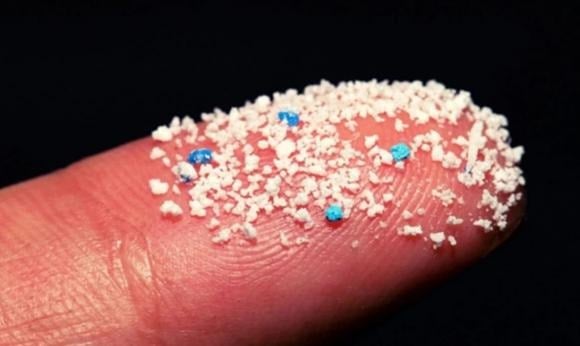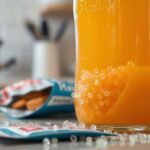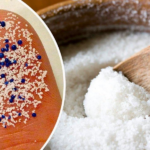Many people unintentionally consume microplastics due to these habits, unknowingly ingesting plastic particles that can accumulate in the body over time, impacting vital organs such as the heart, lungs, and brain.
Once nano plastics infiltrate the cellular tissue of these essential organs, they can disrupt cellular functions and lead to the accumulation of chemicals like bisphenol, phthalates, and polyfluorinated (PFAS). These chemicals interfere with reproductive systems, causing birth defects, female infertility, and reduced sperm count in males, as warned by the Endocrine Society.
The concerning aspect is that these invisible “plastic fragments” can infiltrate our food and bodies without our knowledge.

A study published in the international journal Environmental Science and Technology revealed that micro and nano plastics are released from plastic containers in various usage scenarios. Results indicated that higher temperatures led to increased plastic infiltration into the food.
Just 3 minutes of heating plastic containers, bags, or cling film in a microwave can release over 2 billion nano plastics and 4 million micro plastics per square centimeter of the container’s surface area!
Microplastics are plastic particles and fragments with a diameter smaller than 5mm, while nano plastics are even smaller, typically below 1 micron (0.001mm) or even 0.1 micron (0.0001mm), allowing them to easily penetrate human cells.
Notably, when plastic containers are used to hold liquids such as water or milk and heated, the amount of microplastics generated is significantly higher compared to using them for solid food storage. However, if plastic containers are only used for food or beverage storage in refrigerators without heating, the amount of released microplastics is reduced.

According to the World Wildlife Fund, individuals may ingest nearly 1,800 microplastic particles weekly solely from drinking water. Even more concerning is the discovery of microplastics in various human organs, including:
Brain: Nano plastics can not only penetrate the brain but also interact with neuronal protein fibers, increasing the risk of neurodegenerative diseases such as Alzheimer’s and Parkinson’s.
Placenta: Microplastics can cross the placental barrier and accumulate in the placentas of pregnant women, with a significant increase in the number and size of particles over the last 15 years.
Heart: Microplastics have been found in the cardiac tissue of heart surgery patients, indicating their ability to accumulate in this vital organ.
Blood: A 2022 study detected microplastics in human blood, showcasing their systemic spread within the body.
Gastrointestinal System: Nine types of microplastics have been identified in human feces, with significantly higher levels in the feces of patients with intestinal diseases compared to healthy individuals.
Lungs: Children can inhale up to 45,000 microplastic particles annually.
To minimize the harmful effects of micro and nano plastics, it is crucial to avoid the following cooking habits:
Heating food and beverages in plastic containers using microwaves.
Using plastic products for packaging and storing food, especially when it is hot.
Reduce the use of plastic utensils; instead, opt for reusable alternatives like cloth bags, ceramic bowls, or containers made of glass or metal.
Properly dispose of and recycle used plastic products to prevent environmental contamination.
The Ultimate Spice Blend: Unveiling the Secret to Vietnam’s Culinary Magic
Introducing the two essential spices, packed with microplastic particles, that are indispensable in any Vietnamese kitchen. These spices are beloved by locals for their unique ability to elevate any dish with their distinct flavors. With just a sprinkle, they can transform mundane meals into culinary masterpieces. But are we really aware of the hidden dangers lurking in these seemingly innocent spices? It’s time to uncover the truth and make informed choices for a healthier future.
Shudder: This Coffee Habit Makes You Swallow 1000+ Microplastic Particles Each Time
Coffee is a beloved beverage for many, but did you know that a certain style of coffee consumption can result in ingesting over 1,000 microplastic particles in a single sitting? Intrigued and concerned, we delve into this issue to uncover the specific method of coffee consumption and provide essential insights on how to steer clear of these microscopic intruders.



































